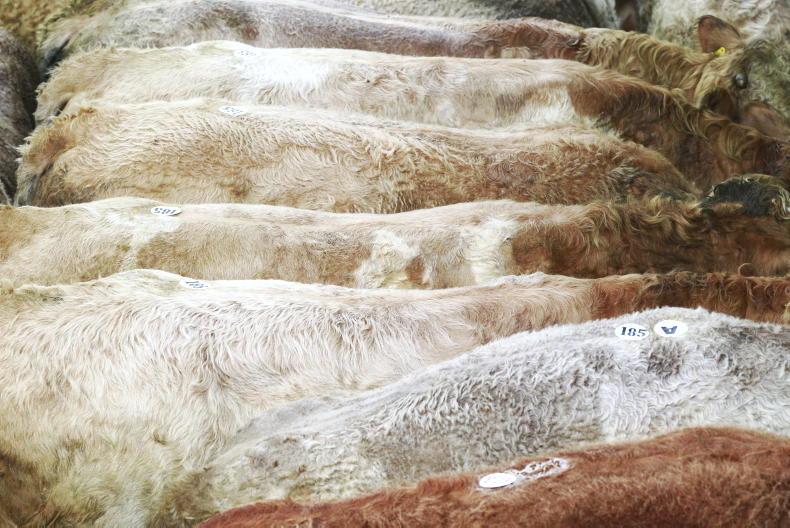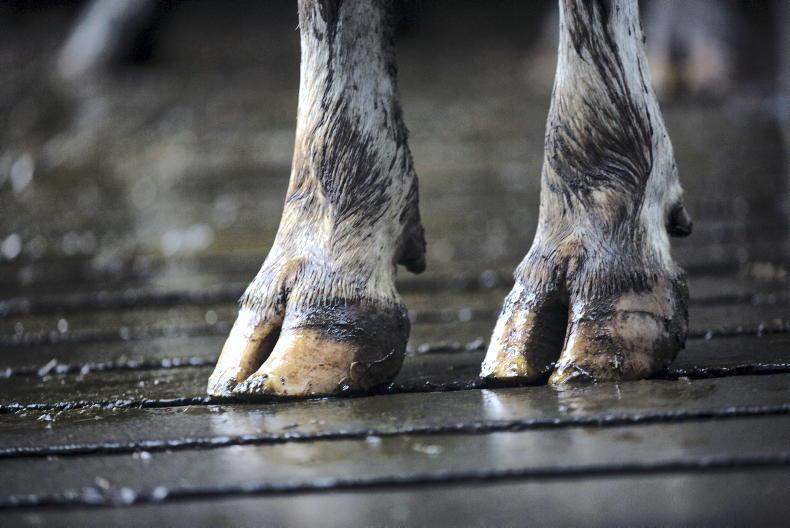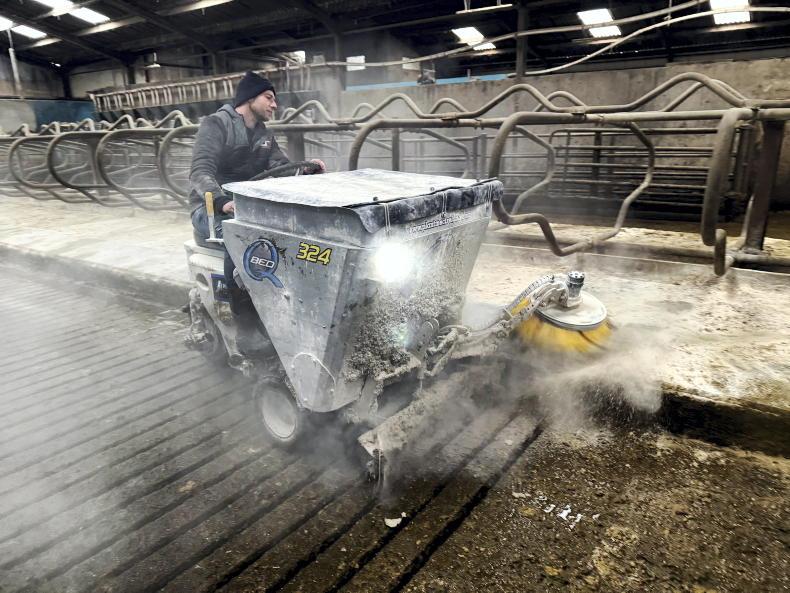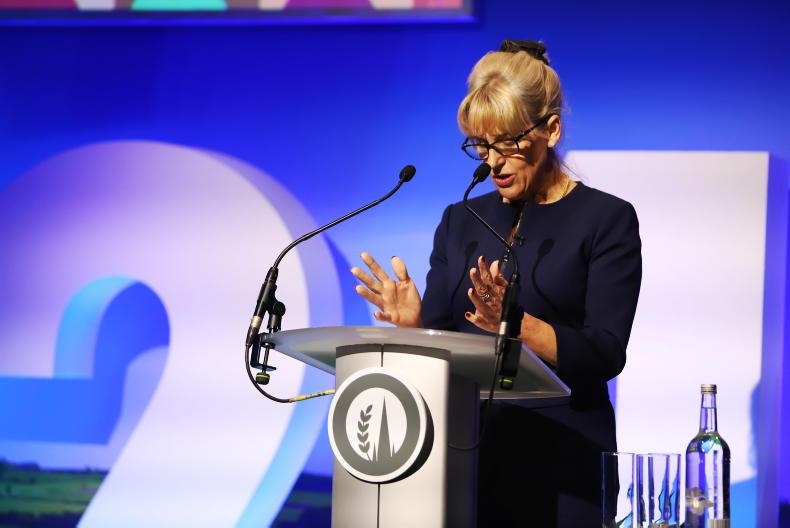There are plenty of interesting bits of information in the Central Statistics Office’s recent publication ‘1973 – 2023 Ireland and the EU at 50’.
In farming, it tracks livestock numbers.
Cattle numbers are similar to 50 years ago, they experienced massive levels of growth in the decade leading up to joining what was then the European Economic Community.
Sheep numbers climbed dramatically in the 1980s, heading for 9m head by the early 90s driven by ewe premia before slowing down again since.
Socially, John and Mary were the most popular children’s names in 1973.
Fifty years later Emily took over the top spot for girl’s name, while John kind of hung onto the most popular name for boys, albeit as a derivative in the form of Jack.
Education levels increased too, with the number of full-time students in third level education rising by 583%.
The number of people employed in services has almost doubled, but it’s a different story in agriculture.
In 1973, 24% of the population was employed in that sector, now that figure stands at 4%.
That’s before any talk of AI and robots taking our jobs, and while technology undoubtedly will ease labour issues, there’s always a need in agriculture at least for hands-on work.
Availability of those to do that work will be an issue though.
Automation
It’s what’s driving a move to automation where possible across the sector but the apps to dig a hole, fix a leak or wire a plug will remain in the two-legged form for a while yet.
Availability of people to work isn’t confined directly to farm staff either.
Builders and contractors have concerns around getting staff, and something else farmers need to pay heed to is availability and access to vets, especially in large animal practices.
It’s something that will work its way east, as already there are areas on the western seaboard where a practice has long distances to cover.
Working out of hours in all sorts of weather and facilities that range from top of the range to almost non-existent isn’t as appealing when there’s a lure of defined hours in an urban small animal practice available.
A radical revaluation of TB testing could free up a lot of vet’s hours, but somehow I don’t think the appetite is there for that.
Derogation is the hot topic in terms of how it could curtail dairy production, but while it will impact on everyone in some form, it’s largely confined to pockets of the country.
I have a feeling that succession and labour could have far more impact on dairy production in the long term.
There are plenty of wonderful ideals of what the countryside should look like thrown about on the airwaves and social media channels, but is there a willingness to pay for that and critically how will that be funded in the long term?
An environmentalist suggested to me a few years ago that there needs to be an environmental payment for farmers equal to the average industrial wage. The great unknown they admitted was how and who should fund it.
Something like that makes sense, and is probably what is needed, because a lot of the work involved is physical and time consuming.
Finding time to do that physical work if you’re already running a livestock operation, an off-farm job along with maintaining family life or community involvement isn’t easy.
Finding a solution to that conundrum could be a win for both agriculture and the environment.










SHARING OPTIONS